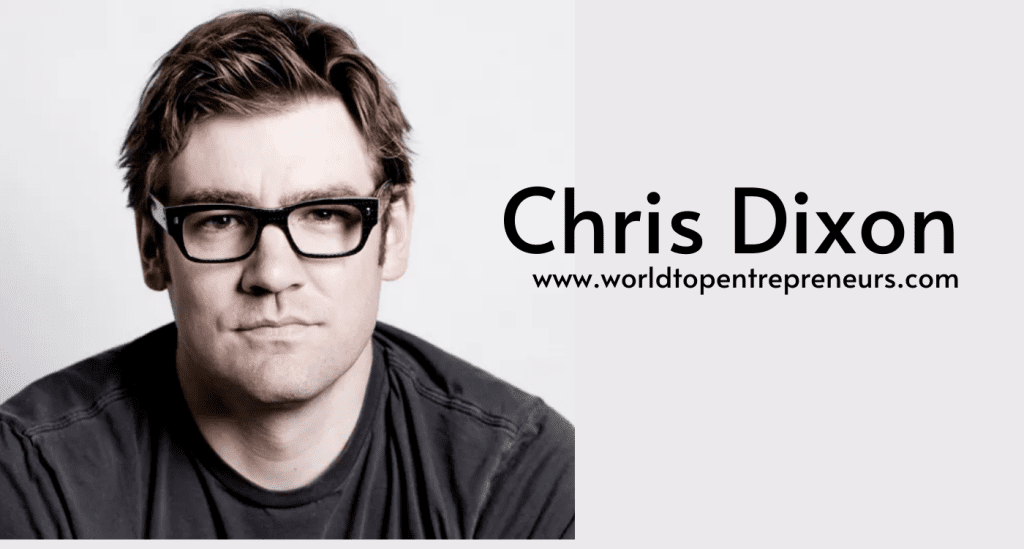Early Life and Inspirations
Matt Flannery’s journey to becoming a pivotal figure in microfinance is a story of curiosity, empathy, and innovation. Born and raised in a middle-class family in Palo Alto, California, Flannery’s early life was marked by a fascination with technology and a profound sense of social justice. These dual interests would later coalesce in his groundbreaking work with Kiva, an organization that has revolutionized the way we think about lending and poverty alleviation.
Flannery’s upbringing in Silicon Valley, the global epicenter of technological innovation, instilled in him a deep appreciation for the power of technology to transform lives. His parents, both educators, encouraged his inquisitiveness and fostered a supportive environment where intellectual pursuits were celebrated. This nurturing background laid the foundation for Flannery’s future endeavors, combining technical prowess with a humanitarian ethos.
Educational Journey
Flannery’s academic path further honed his skills and broadened his perspectives. He attended Stanford University, where he majored in Symbolic Systems, an interdisciplinary program that merges computer science, cognitive science, and psychology. This unique combination equipped him with a diverse skill set and a holistic understanding of human-computer interaction, problem-solving, and the psychological aspects of technology use.
During his time at Stanford, Flannery was not just a passive student; he actively sought out experiences that would challenge and expand his worldview. He participated in various community service projects and international development programs, experiences that exposed him to the stark realities of global poverty. These encounters were pivotal, planting the seeds of a lifelong commitment to making a difference in the lives of those less fortunate.
The Spark of an Idea
The genesis of Kiva can be traced back to a trip Flannery took to East Africa in the early 2000s. Accompanying his then-girlfriend (and later wife) Jessica Jackley, who was conducting research on microfinance, Flannery was struck by the entrepreneurial spirit and resilience of the people he met. Despite their lack of access to traditional financial services, these individuals were resourceful and industrious, striving to improve their circumstances through small business ventures.
This trip was a turning point for Flannery. He saw firsthand how small loans could make a significant impact, enabling entrepreneurs to start or expand businesses, generate income, and lift themselves out of poverty. The challenge, however, was the lack of access to capital. Traditional banks were either unwilling or unable to provide loans to these individuals due to high risks and low profitability.
Birth of Kiva
Inspired by these experiences, Flannery and Jackley co-founded Kiva in 2005. The name Kiva, meaning “unity” or “agreement” in Swahili, reflects the organization’s mission to connect people through lending to alleviate poverty. Kiva’s innovative model leverages the power of the internet to link lenders and borrowers directly, creating a global community of support.
The concept was simple yet revolutionary: individuals from around the world could lend as little as $25 to entrepreneurs in developing countries, enabling them to start or grow their businesses. These loans would be repaid over time, allowing lenders to either reinvest in new projects or withdraw their funds. By bypassing traditional financial intermediaries, Kiva democratized access to capital and empowered ordinary people to become microfinanciers.
Challenges and Growth
The early days of Kiva were marked by challenges and uncertainties. The concept of micro-lending over the internet was uncharted territory, and there were significant logistical and operational hurdles to overcome. Flannery and his team had to establish partnerships with local microfinance institutions (MFIs), develop a robust online platform, and build a community of lenders willing to support their cause.
One of the key challenges was ensuring transparency and accountability in the lending process. Flannery was adamant that Kiva’s operations be built on a foundation of trust, where lenders could see the direct impact of their contributions. This commitment to transparency was embodied in Kiva’s online platform, which featured detailed profiles of borrowers, including their personal stories, loan purposes, and repayment schedules.
Despite these challenges, Kiva quickly gained traction. The combination of a compelling mission, an innovative approach, and Flannery’s relentless drive attracted attention from media, investors, and philanthropists. The organization’s early success was further fueled by the rise of social media and the growing interest in impact investing, which provided a fertile ground for Kiva’s message to spread.
Impact and Expansion
Since its inception, Kiva has facilitated over $1.6 billion in loans to more than 4 million borrowers across 80 countries. The impact of these loans has been profound, enabling countless individuals to improve their livelihoods, support their families, and contribute to their communities. Kiva’s borrowers include farmers, artisans, small business owners, and students, all of whom have been given a chance to pursue their dreams and aspirations.
Kiva’s success can be attributed to its innovative model and the dedication of its team. Flannery’s leadership was instrumental in guiding the organization through its formative years, setting a vision that balanced social impact with financial sustainability. Under his guidance, Kiva expanded its reach and diversified its lending portfolio, exploring new areas such as education, renewable energy, and refugee support.
Technological Innovations
A significant aspect of Kiva’s evolution has been its embrace of technology. From the outset, Flannery recognized the potential of the internet to connect people and streamline operations. Kiva’s online platform is a testament to this vision, incorporating user-friendly interfaces, data analytics, and mobile accessibility to enhance the lending experience.
One of Kiva’s notable technological innovations is the use of blockchain to increase transparency and efficiency in the lending process. By leveraging blockchain technology, Kiva has been able to create a secure and immutable record of transactions, ensuring that funds are used as intended and providing lenders with real-time updates on loan repayments. This adoption of cutting-edge technology has positioned Kiva at the forefront of the digital finance revolution.
Personal Leadership and Vision
Matt Flannery’s leadership style is characterized by a blend of visionary thinking, empathy, and pragmatism. He is known for his hands-on approach, often traveling to the field to meet borrowers and partners, and for his ability to inspire and motivate his team. Flannery’s vision for Kiva extends beyond merely providing loans; he envisions a world where everyone has access to the financial resources they need to improve their lives.
Flannery’s leadership has also been marked by a commitment to continuous learning and adaptation. He understands that the landscape of poverty and development is constantly changing, and he has been proactive in evolving Kiva’s strategies to meet new challenges. This adaptive approach has enabled Kiva to remain relevant and effective in an increasingly complex and interconnected world.
Challenges and Criticisms
Like any pioneering endeavor, Kiva has faced its share of challenges and criticisms. Some critics have raised concerns about the effectiveness of microfinance in alleviating poverty, pointing to instances where borrowers have struggled with debt and repayment. Others have questioned the transparency and accountability of some of Kiva’s partner MFIs.
Flannery has acknowledged these criticisms and has been committed to addressing them. Under his leadership, Kiva has implemented stricter due diligence processes for its partners, increased transparency in its operations, and introduced financial literacy programs for borrowers. These measures reflect Flannery’s dedication to ensuring that Kiva remains a force for good and continues to uphold the highest standards of ethical practice.
Legacy and Future Directions
After stepping down as CEO in 2014, Flannery continued to be actively involved with Kiva as a board member and advisor. His legacy is evident in the organization’s enduring impact and its continued growth and innovation. Flannery’s work has inspired a new generation of social entrepreneurs and demonstrated the transformative power of combining technology with social impact.
Looking to the future, Flannery envisions Kiva expanding its reach and exploring new avenues for impact. He is particularly interested in leveraging emerging technologies such as artificial intelligence and big data to enhance Kiva’s operations and expand its reach. Flannery also sees potential in exploring new markets and underserved communities, ensuring that Kiva’s mission of financial inclusion continues to evolve and adapt to changing needs.
Conclusion
Matt Flannery’s journey from a curious and compassionate student to a pioneering social entrepreneur is a testament to the power of vision, innovation, and empathy. Through his work with Kiva, he has transformed the lives of millions and created a model for leveraging technology to address global challenges. Flannery’s story is not just one of personal achievement but a reminder of the impact that one individual can have when driven by a commitment to making the world a better place.
In a world often characterized by division and inequality, Flannery’s work with Kiva stands as a beacon of hope and a call to action. It challenges us to think creatively about how we can use our skills and resources to address pressing social issues and reminds us that, together, we can create a more just and inclusive world. Through Kiva, Matt Flannery has shown that change is possible, and that by lending a hand, we can help lift each other up and build a brighter future for all.





















